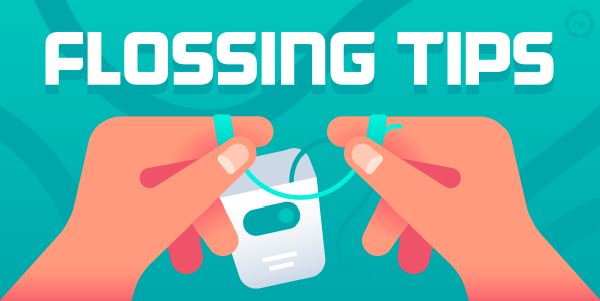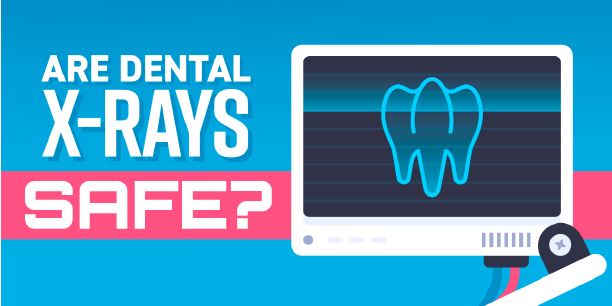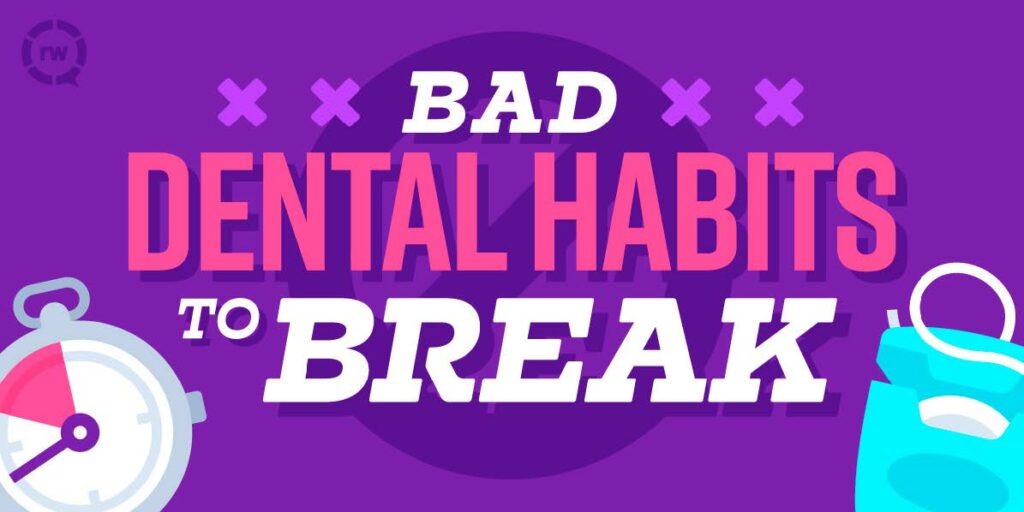Flossing Review
September 12th, 2019
[caption id="attachment_761" align="alignleft" width="600"] Flossing Tips[/caption]
Flossing Tips[/caption]
Flossing 101
Of all the things you can do to maintain a healthy mouth, flossing has got to be the least expensive! But many patients don’t take the time to floss. And if you do, you might not be doing it correctly!
Welcome to Flossing 101…
Why should you floss?
Your toothbrush isn’t enough to brush away the plaque that can build up between teeth and at the gumline. A complete dental routine includes both brushing and flossing.
How often should you floss?
Once a day is ideal. Believe it or not, flossing more often (or with more rigor) can damage your gums. The only exception to once-a-day flossing is if you need to remove pieces of stringy or sticky foods that get stuck after eating. Don’t leave those in there too long.
Should you floss before or after brushing?
Either one is fine! We recommend flossing first, so that all the food debris that is found between your teeth can be pushed away from those tight spaces. While the floss helps to remove most of this material, some of if will adhere to your teeth. Now, brushing your teeth will help to remove that material off.
How should you floss?
Pull out about 12 inches of floss (any brand is fine).
Wind the floss tightly around your index or middle fingers on both hands so that the floss between your hands is taut.
Slide the floss between each set of teeth that touch, as well as where your last molar meets your gums.
Slide the floss up and down the teeth, following the natural curve of each tooth in a “C” shape.
Imagine the floss giving each tooth a little hug! Floss between teeth and where your teeth meet your gums.
Use a new clean section of floss for each set of teeth.
Click here, for more information on flossing from the American Dental Association. Also, checkout our webpage for our infographic on flossing techniques.
Can’t floss?
If your child is too young to floss or if you feel you are unable to do for your child, then try using a floss pick instead. Remember, instilling the habit of flossing daily for your child will help him or her have a skill that will last them a lifetime.
All Smiles Pediatric Dentistry
At All Smiles Pediatric Dentistry, we incorporate proven techniques to share with you and your child at each dental checkup visit. Dr. Allen Job and his team are committed to providing the latest in oral health care prevention. For more information about digital x-rays check out our website section. Still want more information? Check out our monthly blog posts! Our practice is centrally located in San Diego, CA.
Get acquainted with us by watching our practice video and find out what we do.
Scheduling an appointment for your child is easy! Start here to schedule an appointment. All of our forms are online. Fill them out securely from your smartphone or tablet and hit send. On appointment day, your child will be seen at their scheduled time. For example, if you have a 9:00 AM appointment, your child will be seen at 9:00 AM.
 Dr. Allen Job, DDS, MS, MPH, MS is a board certified pediatric dentist who practices in San Diego, California, where he specializes in prevention. For more than a decade, served as assistant professor for the Department of Pediatric Dentistry at Loma Linda University School of Dentistry (LLUSD). He is currently an instructor at LLUSD.
Dr. Allen Job, DDS, MS, MPH, MS is a board certified pediatric dentist who practices in San Diego, California, where he specializes in prevention. For more than a decade, served as assistant professor for the Department of Pediatric Dentistry at Loma Linda University School of Dentistry (LLUSD). He is currently an instructor at LLUSD.





